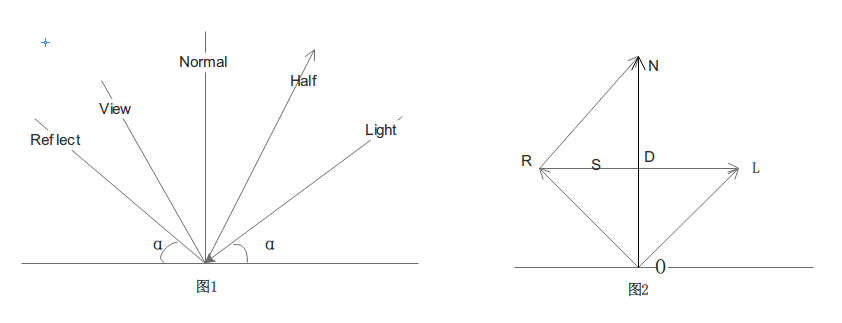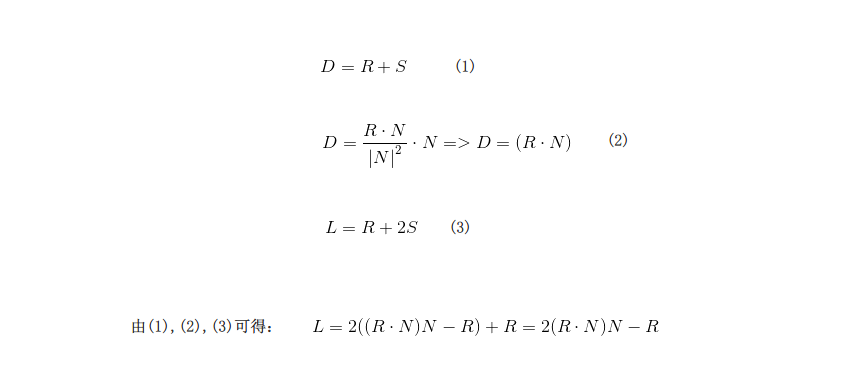unity 4.7.1f1
MemoryPool主要是对内存分配的碎片化和频繁分配和释放进行优化。
结构
MemoryPool的设计结构如下:
1 | |
unity 4.7.1f1
MemoryPool主要是对内存分配的碎片化和频繁分配和释放进行优化。
结构
MemoryPool的设计结构如下:
1 | |
Phong和BlinnPhong反射类型光照模型

Phong
Phong模型是基于光照(图中1 Light向量)的方向和用户的视角(图1 View向量)方向进行计算的。通过计算Light的反射向量与用户的视角方向向量的向量积作为光照的强度因子。
计算公式:

代码方法:
1 | |
BlinnPhong
BlinnPhong可以看作是堆Phong模型的简化版,它是通过视角方向(View)和光照方向(Light)构成的半角向量(Half)来计算光照的。直接使用半角向量而不用计算光照的反射向量的方式更加高效。
计算公式:

代码方法:
1 | |
挤压效果

这种挤压的效果的原理是将顶点沿发现方向进行投影,用代码表示就是这样:
1 | |
_Amount 是挤压的因子
还可以通过额外添加一个纹理(或者使用主要纹理的alpha通道)来表示挤压的程度:
1 | |
从顶点修改器中采样一个纹理,应该使用texDlod而不是tex2D。
抓取功能
原理是结合vertex和fragment着色器以及抓取通行技术,然后对抓取纹理进行采样,在对其UV值做一点修改来制作出一些细微的变形效果。
1 | |
unity 4.7.1f1
之前了解Unity的setpass call和batches时把顺道把渲染这块的代码(4.7.f1)也阅读了下,先利用一个思维导图把渲染的几个大的步骤记下来,以便有个整体的脉络(这里只记录Forward渲染)。

注1:由Camera的投影矩阵和对象的Z轴向量的积得出
今天在项目中发现了一个UI的性能消耗比较异常的问题。在Unity的Profiler里面我看到一项Canvas.SendWillRenderCanvasesCPU消耗持续比较高,但是查看游戏的UI界面好像动态变化的UI并没有。在逐个关闭UI才定位到有一张图片一直在做渐变效果,所以才导致UI一直在重建。这里写个简单的例子模拟下,在场景中创建一张Image,然后挂载一个测试脚本,在这个脚本里面一直更新这个Image的alpha通道就可以看到这种现象。
1 | |
今天检查项目中代码的Boxing问题的时候。有一个点当时让我困惑了不少时间。如下:
1 | |
这里在实际代码运行过程中Func1会产生Boxing而Func0没有产生Boxing,按照自己浏览的C#的文档对Boxing的理解这里应该都是会产生Boxing的才对。下面是C#的Boxing文档说明的:
Boxing is the process of converting a value type to the type object or to any interface type implemented by this value type. When the CLR boxes a value type, it wraps the value inside a System.Object and stores it on the managed heap.
查看了IEnumerator
1 | |
是interface类型,那么上面的函数中yield return 0.1f中的0.1f这个float类型的变量转换为IEnumerator
1 | |
那么问题就很清楚了,Func0其实每次迭代的时候接收值的变量就是float类型(对应于IL的float32类型)的所以根本不需要转换类型。但是对于Func1函数,编译成IL代码存储当前值的变量是object类型的,所以当我们Func1中返回值为0的int类型时,这个int型的变量会被转换成object类型而导致Boxing。
其实正确的操作是先看C#关于泛型的文档才对。不过现在看下也不迟。其中第一段就有如下描述:
by using a generic type parameter T you can write a single class that other client code can use without incurring the cost or risk of runtime casts or boxing operations
到这儿疑问就比较明确的解决了。